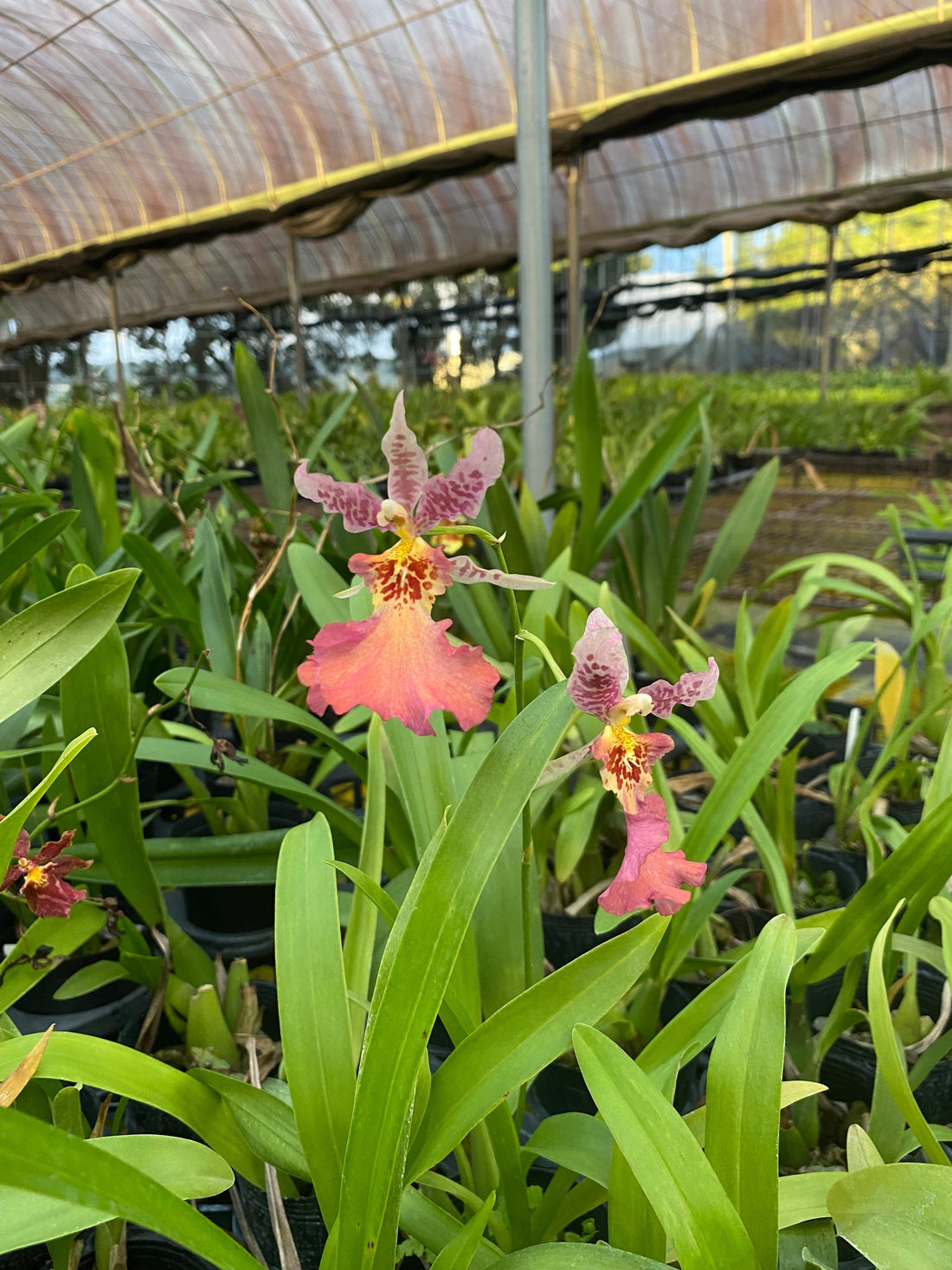
Oncidium Potting Medium Guide: Choosing the Best Substrate for Beginners in Taiwan
For new Oncidium growers, selecting the right potting medium is crucial for healthy root development and long-term blooming success. Taiwan’s variable climate makes it even more important to pick a medium that prevents root rot while supporting consistent growth.
1. Bark
Pros:
- Great drainage and aeration: Ideal for year-round conditions in Taiwan. Prevents waterlogging and root rot.
- Slow nutrient release: As bark breaks down, it provides trace nutrients that support steady growth.
Cons:
- Low moisture retention: In Taiwan’s dry southern winters, watering frequency needs to be increased.
-
Needs regular replacement: Should be refreshed every 1–2 years to prevent root decay and plant instability.

2. Sphagnum Moss
Pros:
- Excellent moisture retention: Great for hot, dry regions like Pingtung. Keeps roots hydrated longer.
- High nutrient-holding capacity: Works well even with minimal fertilizer input.
Cons:
- Prone to rot: In Taiwan’s humid summers, poor ventilation can lead to root rot.
-
Environmental and cost issues: Harvesting moss harms ecosystems and has driven prices up in recent years.
3. Charcoal
Pros:
- Excellent drainage: Quickly removes excess water and prevents soggy roots.
- Filtering properties: Absorbs impurities and helps keep the growing medium clean.
Cons:
-
No nutritional value: Needs to be mixed with other substrates to meet the plant’s full requirements.

4. Gravel
Pros:
- Rapid drainage: Excellent in humid coastal climates common across Taiwan.
- Stable support: Helps secure the plant and simulates a natural, wild-growing environment.
Cons:
- Poor water retention: Must be combined with moisture-retentive materials to prevent dehydration.
-
Not ideal for seedlings: Lacks the humidity young plants need for development.

Feature Comparison Table
- Water retention: Sphagnum moss > Bark > Charcoal = Gravel
- Nutrient supply: Sphagnum moss > Bark > Charcoal = Gravel
- Cleanliness: Charcoal > Gravel > Bark > Sphagnum moss
-
Durability: Gravel > Charcoal = Bark > Sphagnum moss
Recommended Use Scenarios
Based on our experience cultivating over 3,000 Oncidium varieties in Taiwan:
- Sphagnum moss is suitable for dry winters but requires strict moisture control in summer.
- Bark and charcoal are ideal for year-round use, especially in southern Taiwan’s humid climate.
- Gravel works well in high-humidity areas across Taiwan but should be paired with misting or humidifiers.
Select your medium based on your local climate (e.g., hot and humid in Kaohsiung vs. dry and cold in Hsinchu), water quality (well water vs. hard tap water), and your watering habits.
Frequently Asked Questions (FAQ)
Q1: What is the best potting medium for Oncidium orchids?
A: It depends on local climate and care style. Most growers in Taiwan prefer a bark and charcoal mix for optimal drainage and cleanliness.
Q2: Does sphagnum moss cause root rot?
A: It can, especially in overly humid or poorly ventilated environments. Use fans or ensure good airflow to reduce risk.
Q3: Can I mix different media together?
A: Absolutely. Many professional growers mix bark, charcoal, and a small amount of moss to improve adaptability. Recently, more growers are also shifting to gravel-based setups.